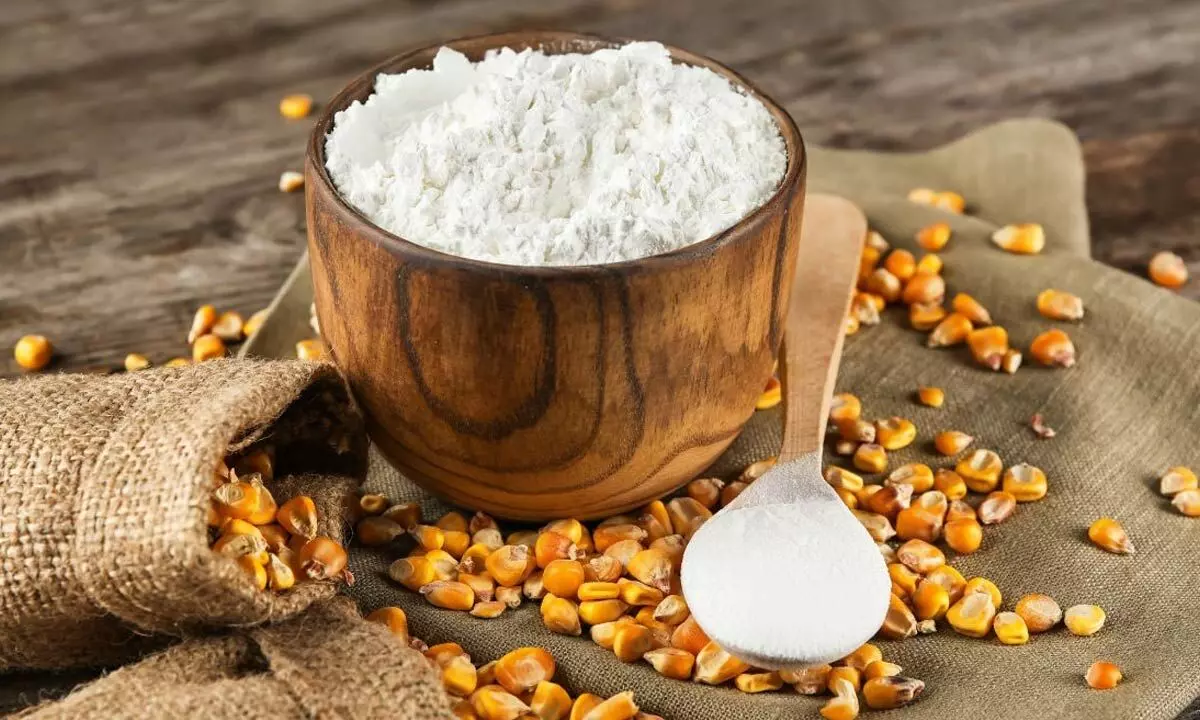Corn Flour vs. Cornstarch: Essential Differences Every Home Cook Should Know

Learn the key differences between corn flour and cornstarch—texture, colour, taste, and uses—to avoid kitchen mishaps.
Although often confused due to their similar names and origin, corn flour and cornstarch serve distinctly different purposes in cooking. Understanding these differences can help home cooks choose the right ingredient for the right recipe, ensuring the desired flavour, texture, and consistency.
What Is Corn Flour?
Corn flour is made by grinding whole corn kernels into a fine powder. It retains the corn's natural flavour and colour, making it ideal for recipes where a rich, corn-like taste is desired. In Indian cuisine, dishes like makki di roti and corn pakoras frequently feature corn flour as a primary ingredient. It is also used in baking for making bread, cakes, and tortillas.
What Is Cornstarch?
Cornstarch, in contrast, is derived only from the starchy part of the corn kernel, known as the endosperm. This results in a white, ultra-fine powder with no flavour. Its primary function in the kitchen is as a thickening agent. It’s commonly used to thicken sauces, soups, gravies, and desserts like custards and puddings. In Indo-Chinese dishes such as Manchurian or chilli paneer, cornstarch is crucial for giving sauces the right consistency.
Key Differences Between Corn Flour and Cornstarch
1. Colour
- Corn Flour: Pale yellow
- Cornstarch: Bright white This visual distinction is clear when both are placed side by side.
2. Texture
- Corn Flour: Slightly coarse, similar to wheat flour
- Cornstarch: Extremely fine, akin to powdered sugar or baking powder
3. Flavour
- Corn Flour: Mildly sweet and earthy, retains corn’s natural taste
- Cornstarch: Neutral and flavourless
4. Culinary Uses
- Corn Flour: Best suited for baking and recipes that require a corn flavour, such as tortillas or muffins
- Cornstarch: Ideal for thickening liquids like gravies, soups, and desserts without altering their flavour
Final Thoughts
While both ingredients originate from corn, corn flour and cornstarch should not be used interchangeably. Their different textures, flavours, and culinary applications mean using the wrong one could change your dish’s outcome entirely. Knowing when and how to use each is a valuable skill for any home cook.

















